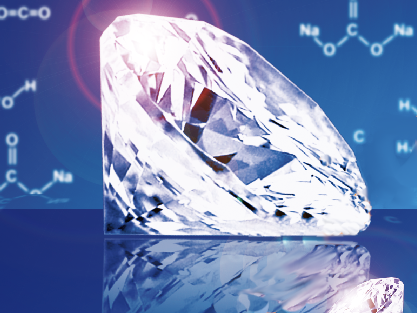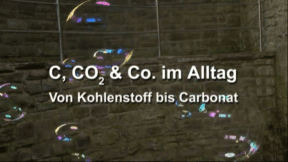
55506135
Lerneinheit Chemie 8 – Kalk
In unserem Arbeitsheft „Lerneinheit Chemie 8 – Kalk“ finden Sie 10 interaktive und didaktisch aufbereitete Aufgaben zum Thema Kalk.
Über die Beschreibung der Entstehung und Funktion von Kalk, geben die Aufgaben Hinweis auf seinen Einsatz in der Industrie oder auch im Alltag.
Unterschiedliche Aufgabentypen dienen der Wissensvermittlung, Wissensvertiefung und der Lernstandabfrage.
Die Aufgaben sind mit H5P erstellt und können ohne zusätzliche Software angewandt werden.
Lernen macht jetzt Spaß!
Demo
Included Tasks
- Kalk - Seine Funktionen
- Kalk - Von der Entstehung bis zur Verwitterung
- Kalk - Abbau und Gewinnung
- Kalk - Einsatz in der Industrie
- Kalk im Alltag
- Kalk - Finde die Bildpaare
- Kalk - Schulversuche
- Kalk - Suchsel
- Kalk - Kreuzworträtsel
- Kalk - Teste dein Wissen
Curriculum-centred and oriented towards educational standards
Matching
C, CO2 and Associates in Everyday Life
All organic matter contains carbon. Coal is deposited in the Earth's interior. It developed about 300 million years ago from plants in a geological period which is also called Carboniferous. During the combustion of organic matter, carbon turns into the gas carbon dioxide. Dissolved in water, it becomes the so-called carbonic acid. Carbon dioxide is an incombustible, colourless and odourless gas that is easily dissolved in water. With various metal oxides or hydroxides it forms two types of salts: the carbonates and the hydrogen carbonates. As calcium carbonate it is contained in natural products such as chalk and egg shells. Specific forms of carbon, called modifications, are graphite and also the particularly valuable diamond.
Halogens
The compounds of halogens are - with the exception of astatine - widespread, can be encountered in nature and are versatile substances. This fact is taken up on this DVD in order to teach the students the chemistry of the halogens by illustrating their special qualities and explaining the correlation of their structure with their chemical properties. In the first part, an overview of the element group of halogens lays emphasis on the common as well as on the distinguishing characteristics of fluorine, chlorine, bromine and iodine. In a second part, the specific properties of fluorine and chlorine are presented. This topic is linked to the students‘ everyday experience (fluorine as a protection against caries, chlorine as a disinfectant, etc.) on the one hand. On the other hand, the DVD presents carefully selected experiments. As a rule, they are of a kind that can only be realized with difficulty, or high expenditure in the chemistry classroom. With the help of these experiments, students are introduced to the chemistry of the halogens in a way that enables them to draw conclusions on the basis of their observations.









